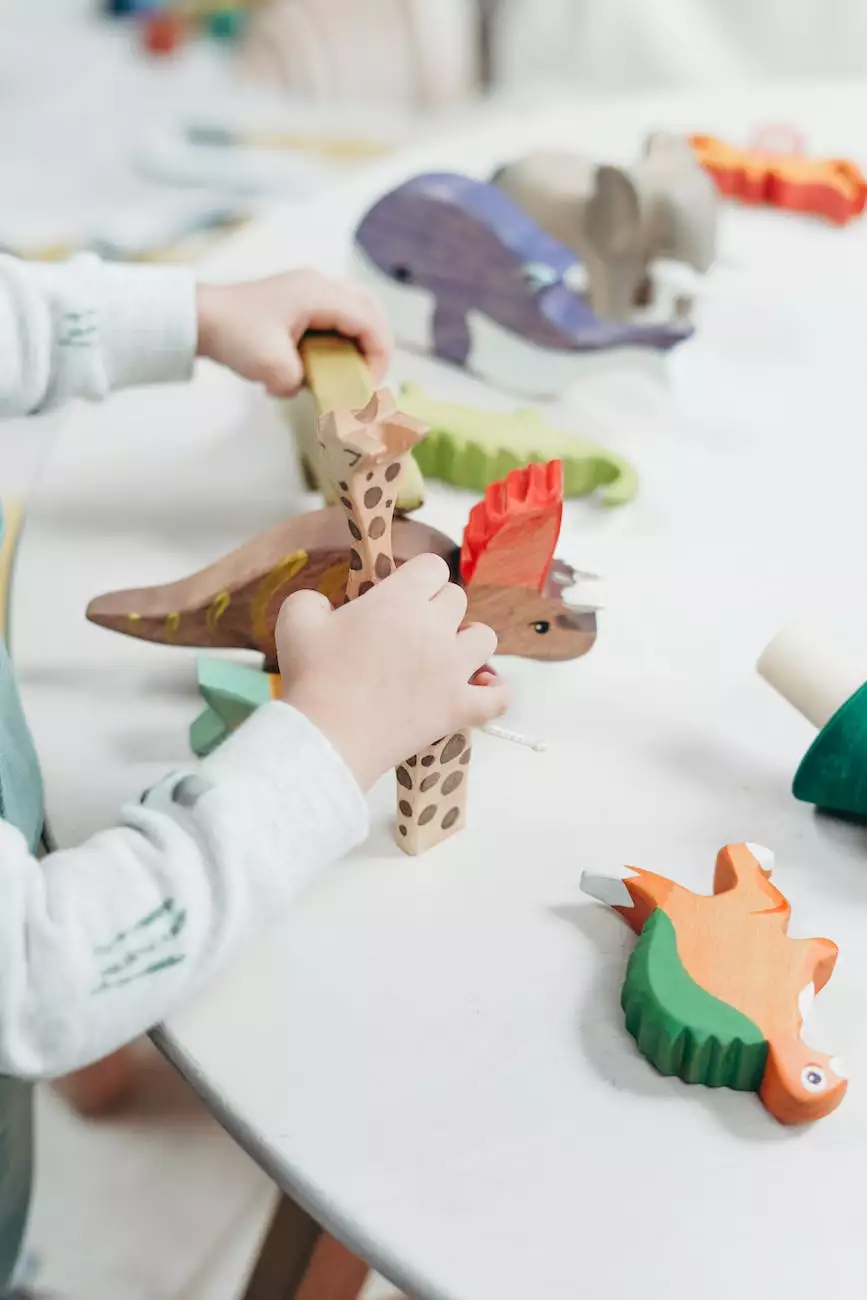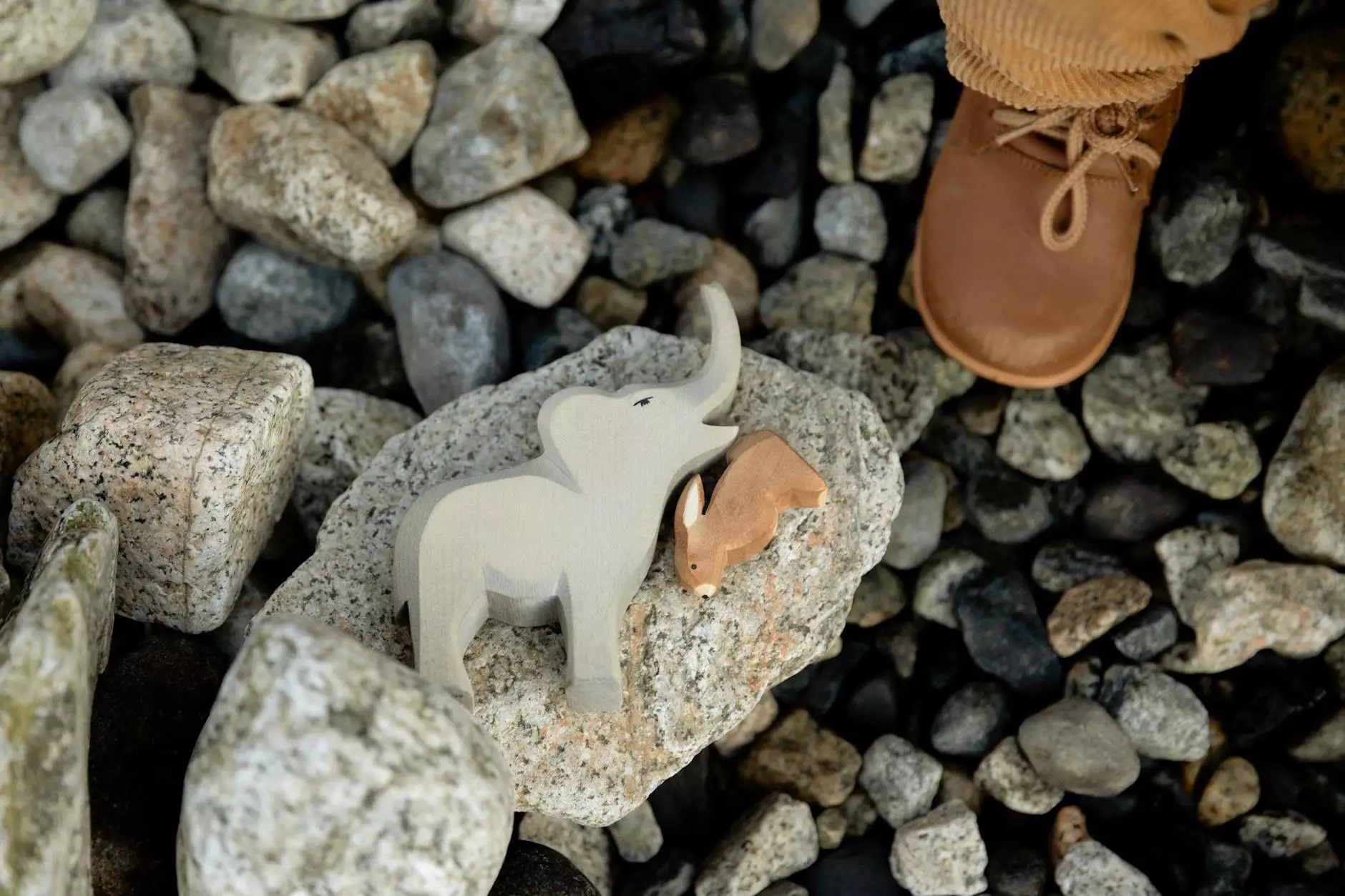Discovery Acorns - Exploring the Wonders of Nature
Book Reports
The Knowledge Nest - Connecting Communities Through Nature
Welcome to The Knowledge Nest, your ultimate source of information and resources about various aspects of nature. In this article, we are going to delve into the captivating realm of acorns. Join us on a journey as we discover the fascinating world of these tiny nuts and their significance in different ecosystems.
Understanding Acorns
Acorns are the fruit of oak trees, encapsulating the potential for new life. They serve as a vital food source for many wildlife species, including squirrels, deer, and birds. These small wonders of nature are more than just seeds - they are essential players in the intricate web of ecological relationships.
The Types of Acorns
The world of acorns is incredibly diverse, with numerous oak tree species producing unique variations of these nuts. Some common types include:
- Northern Red Oak (Quercus rubra): Recognized by its shiny, dark brown acorns, often found in eastern North America.
- White Oak (Quercus alba): Known for its pale acorns and widespread distribution throughout the United States.
- Burr Oak (Quercus macrocarpa): Produces large, fringed acorns commonly found in the central and eastern regions of North America.
- Chestnut Oak (Quercus montana): Identified by its squat acorns, native to the eastern and central parts of the United States.
The Role of Acorns in Ecosystems
Acorns play a critical role in sustaining various ecosystems. They provide a rich source of nutrition for many animal species and contribute to the regeneration of oak trees. Squirrels, in particular, play a significant role in the dispersal of acorns, burying them in various locations as a winter food cache. Some acorns remain forgotten and eventually sprout, giving rise to new oak trees.
The Importance of Acorns in Forest Regeneration
Acorns are key players in the process of forest regeneration. The vast number of acorns produced by oak trees ensures a higher chance of successful germination and growth. As new oak saplings emerge, they contribute to the overall health and biodiversity of the forest ecosystem.
The Lifecycle of Acorns
The journey of an acorn is an incredible testament to the intricate cycles of nature. It starts with the pollination of oak flowers, which eventually leads to the production of acorns. Once mature, these acorns fall from the trees, ready to embark on their own voyage of reproduction.
As acorns fall to the ground, they can be eaten by various wildlife species or become buried in soil. Those that avoid consumption have a higher chance of sprouting and growing into new oak trees. This cycle repeats itself, ensuring the continuity of oak tree populations and the biodiversity they support.
Human Uses of Acorns
Throughout history, humans have recognized the value of acorns beyond their role in ecosystems. Indigenous cultures utilized acorns as a food source, often grinding them into a flour-like substance. Acorns were also used for medicinal purposes, providing relief for various ailments. Today, acorns continue to inspire artists, craftsmen, and nature enthusiasts alike.
Join Our Community and Explore the World of Acorns
At The Knowledge Nest, we believe in fostering a connection between communities and the natural world. Join our vibrant community of like-minded individuals passionate about exploring the wonders of nature, including the captivating realm of acorns. Expand your knowledge, share your experiences, and contribute to a greater understanding of the environment around us.
Stay Tuned for More Nature Insights
As we embark on this adventure into the world of acorns, stay tuned for more fascinating insights into various aspects of nature. The Knowledge Nest is committed to providing valuable information and resources to help you deepen your understanding of the natural world.
Start Your Journey Today
Begin your exploration of acorns and their significance in the vast ecosystem. Join our community at The Knowledge Nest and contribute to the preservation and appreciation of nature's wonders. Together, we can foster a deeper connection with the environment and inspire others to embark on their own journey of discovery.










